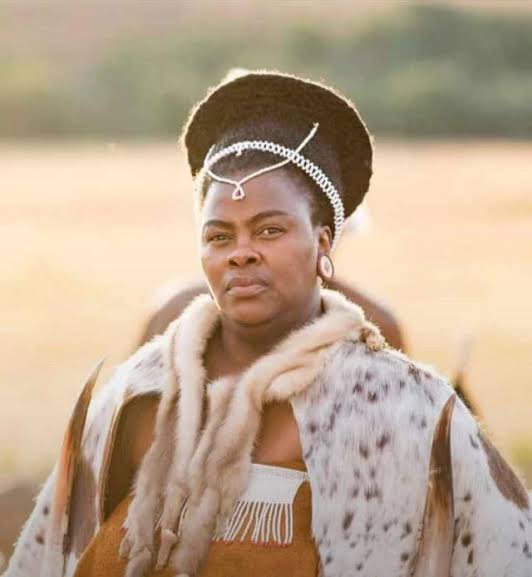1. SOBOHLA MANYOSI🇿🇼🇿🇦🇸🇿
Umnxeba....
The expression sobohla Manyosi is a proverb commonly used in the Nguni communities in the SADC region. It literally means : your stomach will shrink Manyosi. Manyosi is a person who once lived in the era of the emergence of the Zulu empire.
Umnxeba....
The expression sobohla Manyosi is a proverb commonly used in the Nguni communities in the SADC region. It literally means : your stomach will shrink Manyosi. Manyosi is a person who once lived in the era of the emergence of the Zulu empire.

2. It is said that Manyosi lived during the reign of King Shaka.
He was the son of Dlekezele Mbatha. Manyosi was a brave and distinguished fighter in battle. King Shaka loved Manyosi so much and was very generous to him when allocating food portions to his soldiers.
He was the son of Dlekezele Mbatha. Manyosi was a brave and distinguished fighter in battle. King Shaka loved Manyosi so much and was very generous to him when allocating food portions to his soldiers.

3. It is said that Manyosi could eat and finish the whole carcass of a goat all by himself. Afterwards he would down large quantities of beer. Manyosi never shared his food with anyone. King Shaka indulged him because he put the food he ate to good use in battle! 🍲😂 

4. After the death of King Shaka his brother Dingane took over the reigns. Manyosi continued to enjoy favour with the new king and was useful in battle. He enjoyed all the generous food portions by himself and never shared with anyone. 

5. There came a time when King Dingane had clashes with his brother Mpande. The Zulu nation was divided and other people joined Mpande as their leader. Mpande believed that King Dingane wanted to eliminate him. 

6. It is said that Manyosi switched sides, ditched the king and joined his brother Mpande. However, Manyosi had miscalculated by joining Mpande. Sooner rather than later he could not get the benefits he enjoyed under Shaka and Dingane. He lost weight and his mkhaba shrunk. 

7. People began to taunt him saying sobohla Manyosi! This expression became a proverb over time to warn people who when in prosperity forget others and think that their prosperity will last forever. Some say its a warning to people who make wrong life or political choices.
8. Some historians say the words sobohla Manyosi were said by King Dingane to Manyosi, the day he left him to join his brother Mpande! Ubukhosi ngamazolo! 

• • •
Missing some Tweet in this thread? You can try to
force a refresh
















